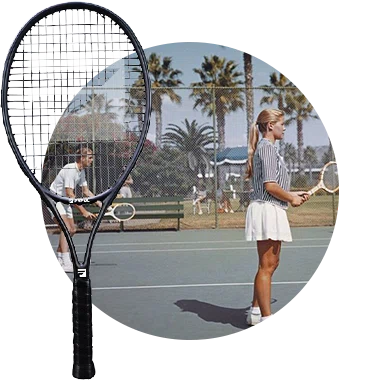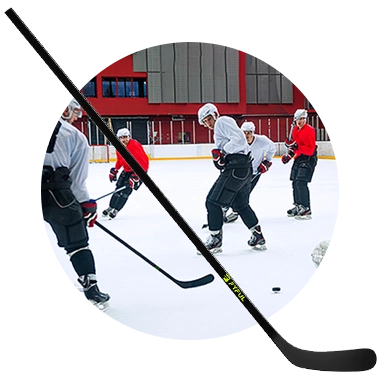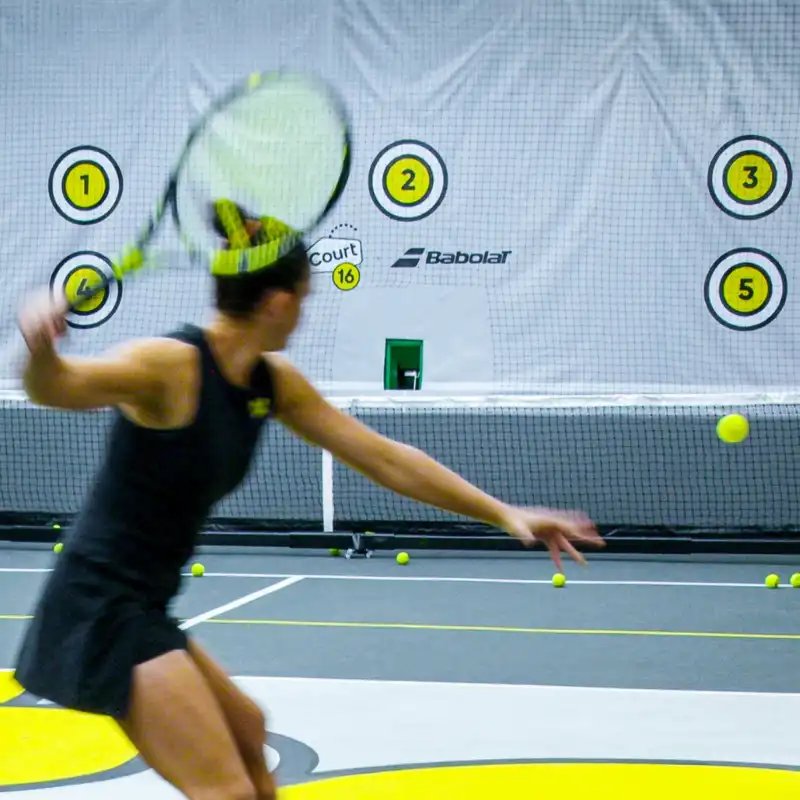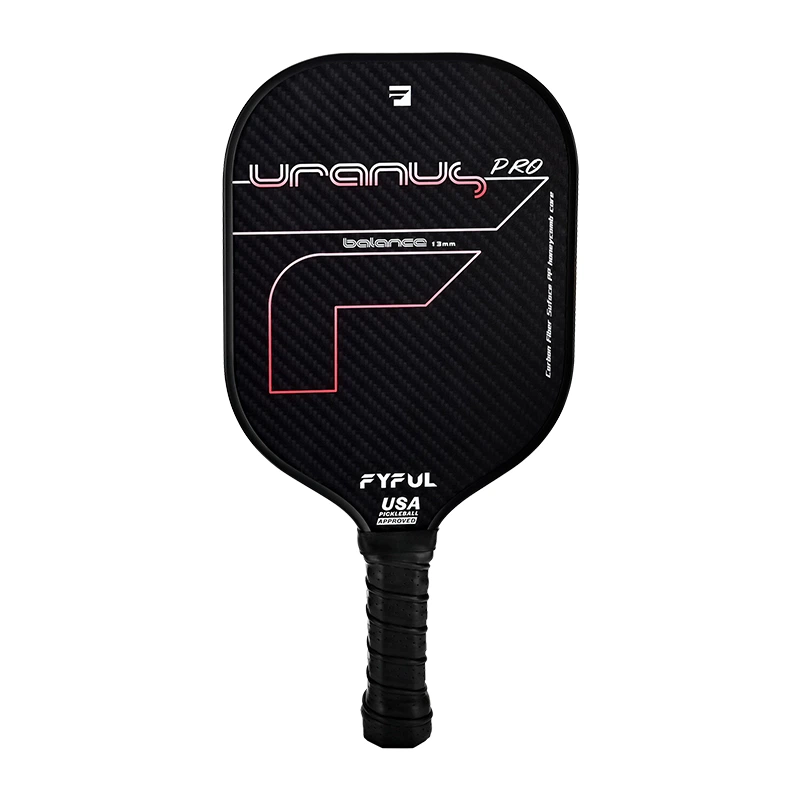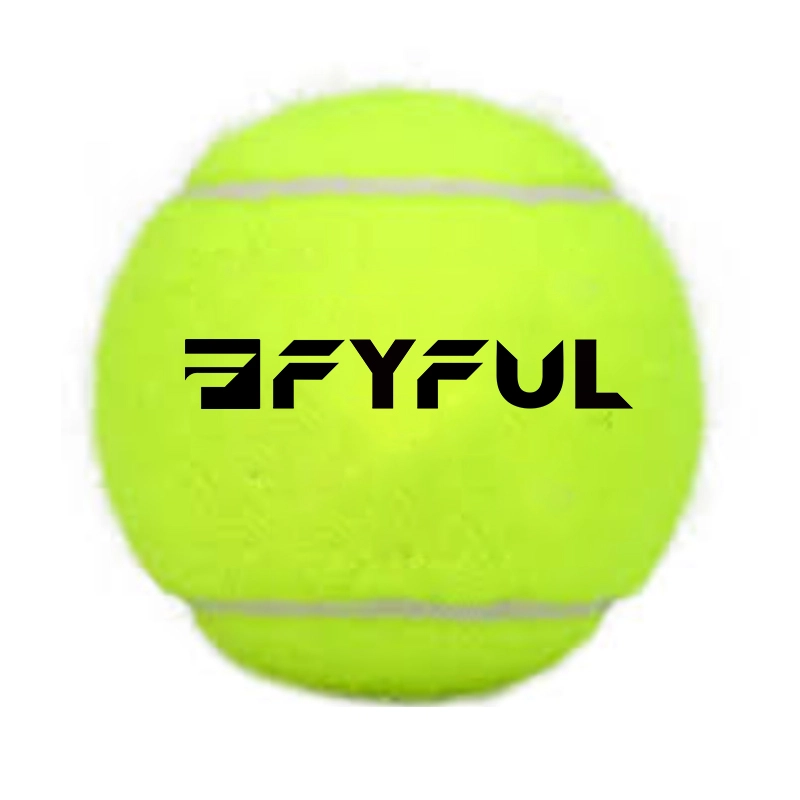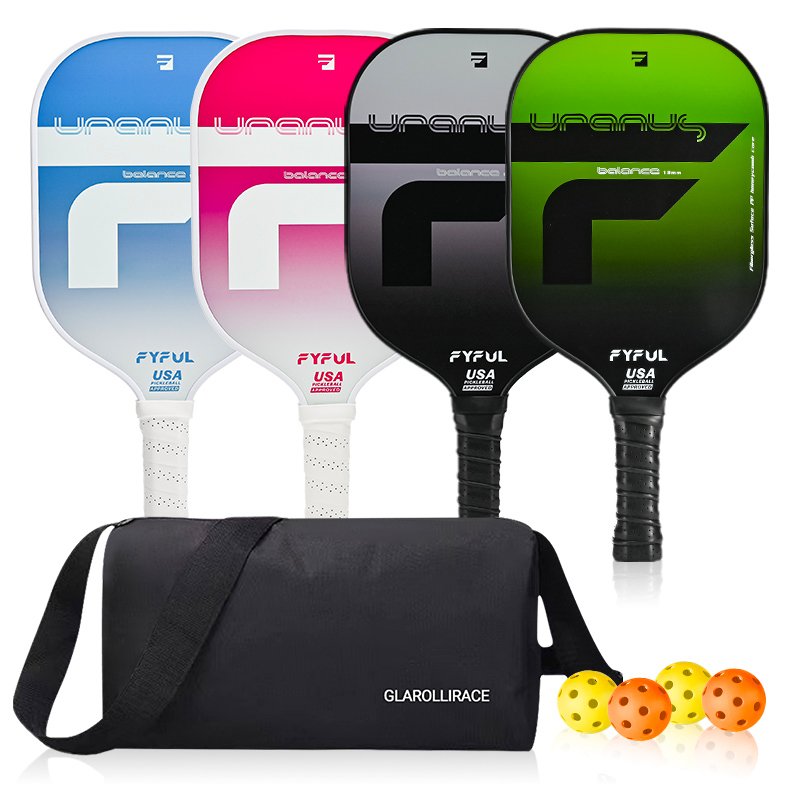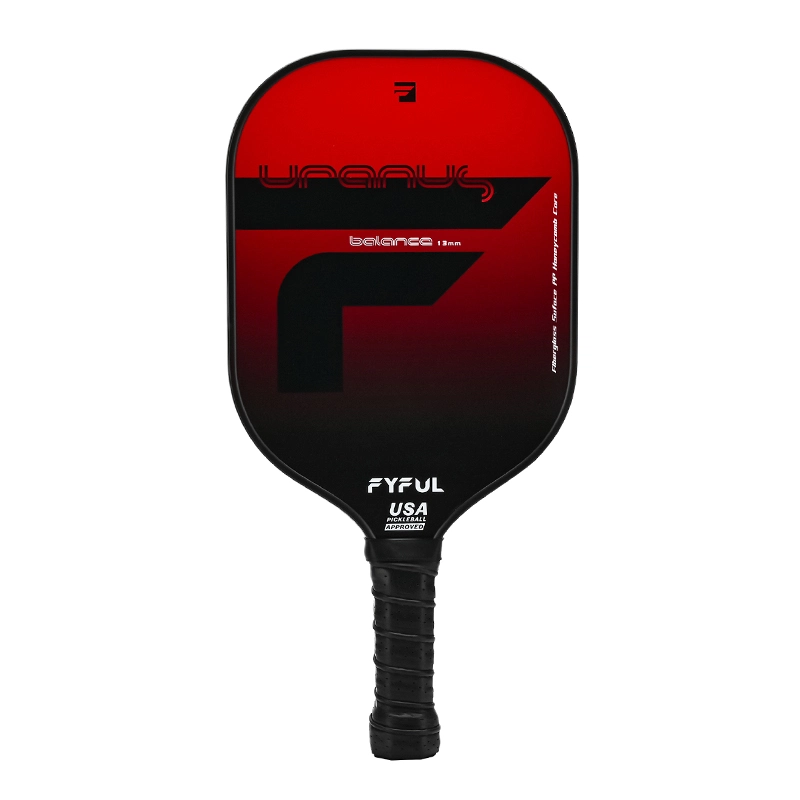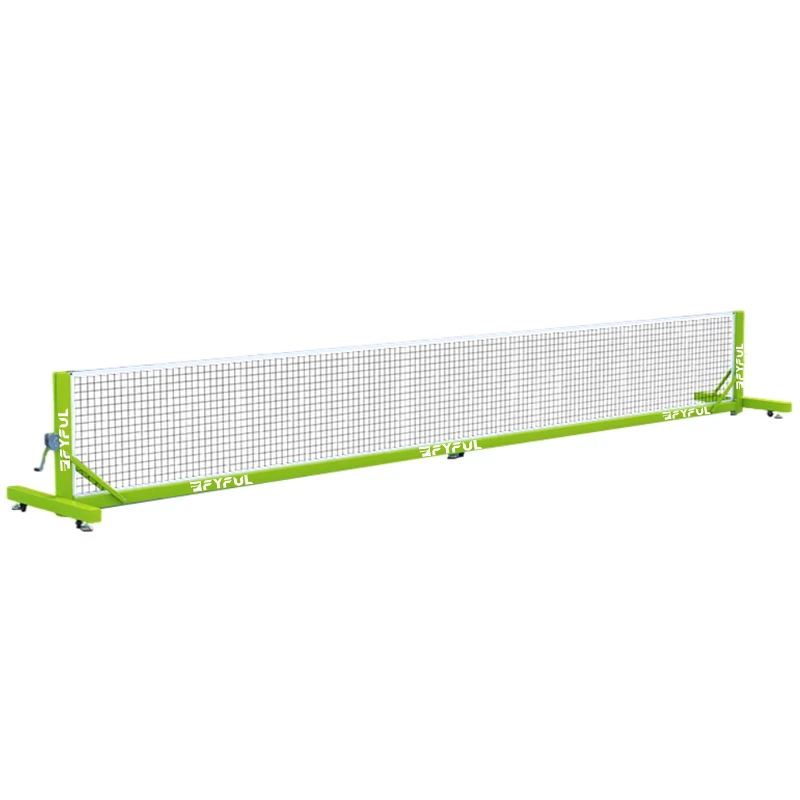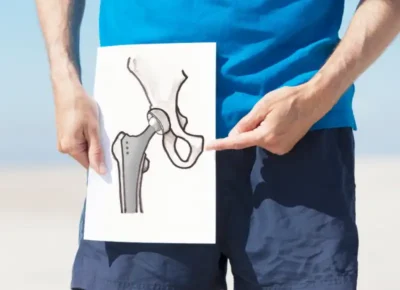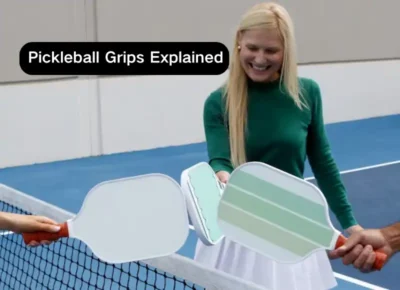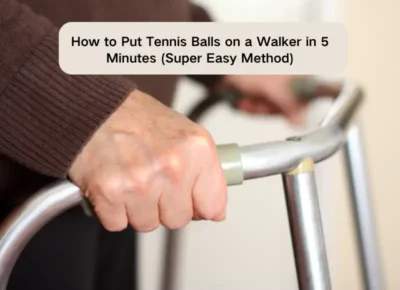Table of Contents
Pressurized vs Pressureless Tennis Balls—which one is right for you? If your tennis balls feel dead after just a few matches, you might be using the wrong type. Most players overlook the impact of different ball types on bounce, lifespan, and overall performance. In this article, we’ll break down the differences between pressurized vs pressureless tennis balls to help you choose wisely—based on your playing style, court surface, and budget.
Here’s what you’ll discover:
- The real performance differences that affect your spin and control
- Which type saves you money long-term
- How to match ball type to your skill level
- Storage tricks that double your ball lifespan
Storage techniques vary slightly between pressurized vs pressureless tennis balls, due to their construction differences.
At Fyful, we’ve been manufacturing quality tennis equipment for over 20 years. Our players swear by the consistency. You’ll see why.
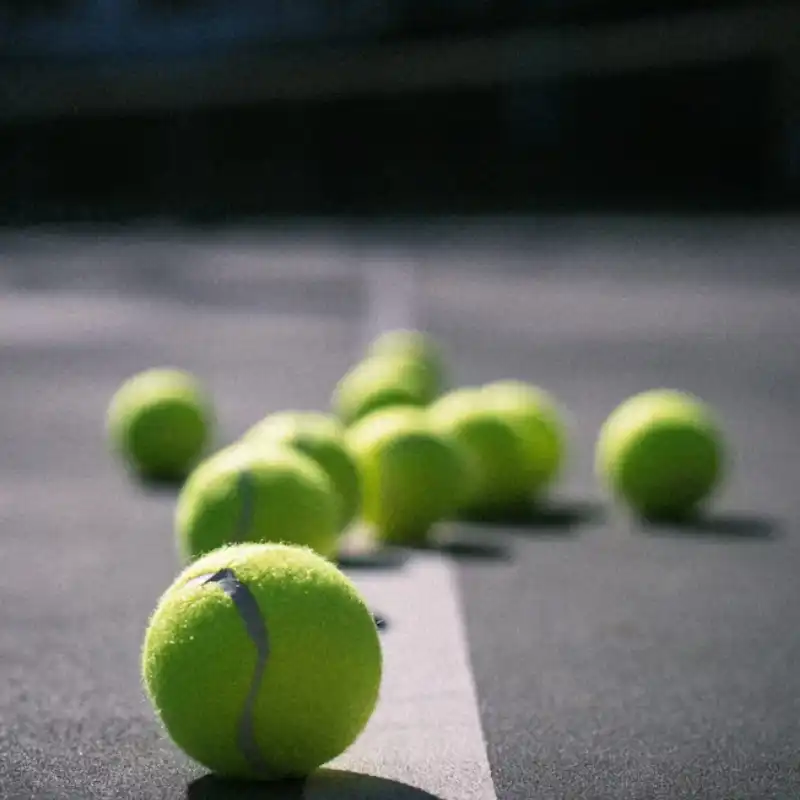
Performance Comparison: Pressurized vs Pressureless Tennis Balls Spin Control
Pressurized balls give you that satisfying pop off the strings. They’re faster, bouncier, and let you generate wicked spin. The internal pressure (12-14 psi) creates a lively response that advanced players crave.
But here’s the catch: they lose pressure within weeks. Your topspin shots start falling short. Your serve loses its bite.
Pressureless balls feel different from day one. They’re slightly heavier and don’t fly off the racket as quickly. The bounce comes from the rubber core, not trapped air. You’ll notice:
- Less spin potential – the firmer surface doesn’t grip strings as well
- More predictable bounce – stays consistent for months, not days
- Slower ball speed – about 10-15% reduction off the racket
- Better control – the weight helps with placement
We tested both types in our tennis ball collection with club players. The results surprised everyone. This performance gap is one of the main reasons players compare pressurized vs pressureless tennis balls before buying.
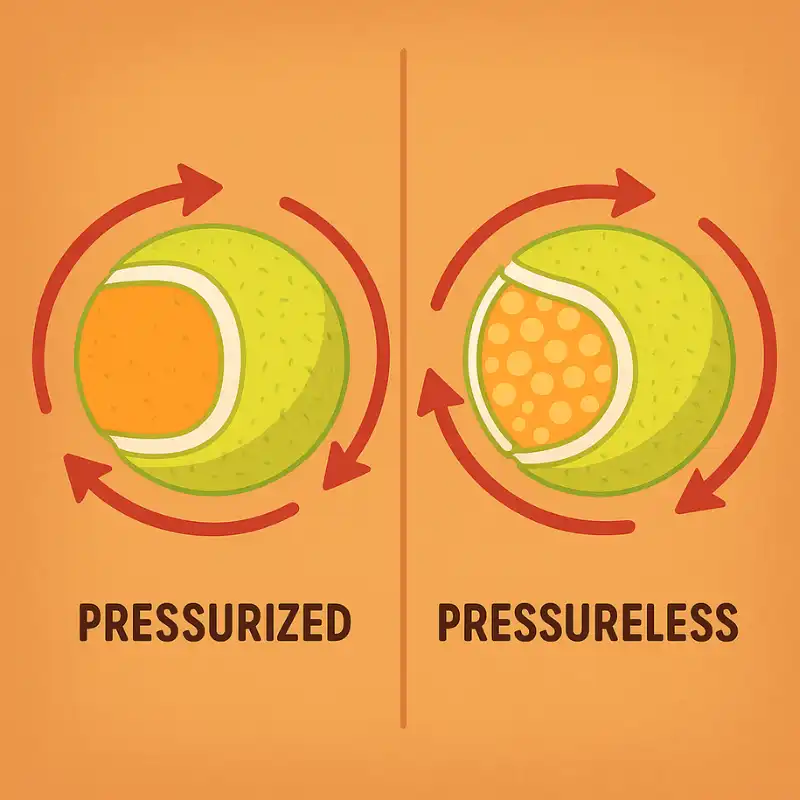
Pressurized vs Pressureless Tennis Balls: Spin Control
Which Type Saves You Money Long-Term
When evaluating pressurized vs pressureless tennis balls, long-term cost is one of the most overlooked factors. A can of pressurized tennis balls runs $3-5, but here’s what nobody tells you: the air pressure starts escaping the moment you pop that vacuum-sealed can.
The math gets ugly fast:
- Pressurized balls feel great for 2-4 weeks of regular play
- You’ll replace them monthly if you play 3x per week
- Annual cost: $36-60 just for recreational play
Meanwhile, pressureless tennis balls cost $15-20 upfront but last 6-12 months. The internal pressure doesn’t exist, so there’s nothing to lose. As the ball wears, the bounce actually improves slightly before stabilizing.
Here’s how pressurized vs pressureless tennis balls stack up over time from a financial standpoint:
Real cost comparison:
- Pressurized: $3 × 12 months = $36/year minimum
- Pressureless: $18 ÷ 8 months = $2.25/month
Ball machines tell the same story. Clubs using pressurized balls travel through 500+ balls yearly. Those using pressureless? Maybe 50. The pressurized gas inside regular tennis balls makes them time bombs for your wallet.
Smart players buy new balls for matches but practice with pressureless. You get the same pressure on your ground strokes without burning cash. Your spin response stays consistent session after session. That’s why understanding pressurized vs pressureless tennis balls is essential for planning your training budget.
Our pressureless tennis balls help coaches cut equipment costs by 70%. The initial bounce might differ, but your bank account will thank you.
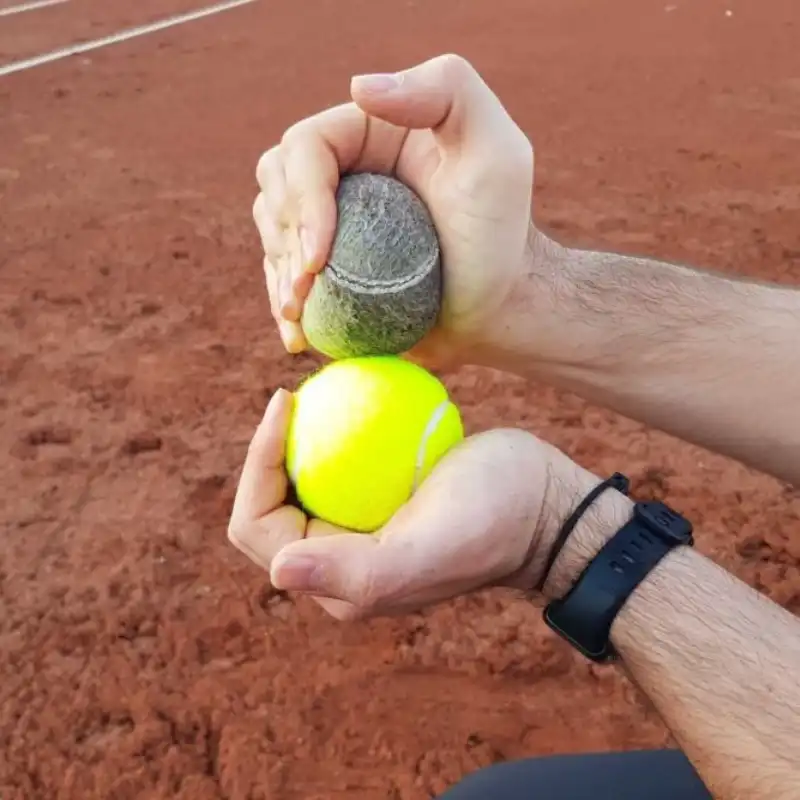
pressurized vs pressureless tennis balls
How to Match Tennis Ball Type to Your Skill Level
Many players don’t realize that their level of experience heavily impacts how they experience pressurized vs pressureless tennis balls. Choosing the wrong ball can wreck your game faster than bad technique. Here’s exactly how to choose tennis balls based on where you’re at.
- Beginners (0-2 years): Start with pressureless. Why? Your mishits won’t punish you as hard. The solid rubber core is forgiving when the ball drops from your strings at weird angles. Plus, you won’t notice when spin response decreases since you’re still developing consistency.
- Intermediate (2-5 years): Mix it up. Use pressured balls for match play when you need more spin response. Practice with pressureless to save cash. Your technique is solid enough to handle both, and switching helps you adapt to different conditions.
- Advanced (5+ years): You need pressurized balls for competition. The extra bite generates spin that pressureless can’t match. Premium balls, such as Wilson balls, provide maximum control for two to four weeks. Just accept the cost as part of playing at this level.
- Special considerations:
- Tennis elbow sufferers: Pressureless balls reduce arm shock by 20%
- High-altitude players: Pressurized cans lose their bounce faster in thin air
- Teaching pros: Use a bicycle pump to revive dead balls for drills
These special cases further illustrate why pressurized vs pressureless tennis balls are not a one-size-fits-all solution. The rubber inside softens differently between types. Pressurized balls lose sufficient pressure and become mushy. Pressureless balls improve as the felt wears down.
Smart players stock both types. Even professionals practice with our tennis equipment to extend the lifespan of their premium balls.
Storage Tricks That Double Your Tennis Ball Lifespan
Here’s a dirty secret: how you store your balls matters more than which brand you buy. The pressurized air inside regular balls escapes through microscopic pores, but you can slow this process dramatically. Understanding how to store pressurized vs pressureless tennis balls properly can significantly extend their lifespan and performance.
For pressurized balls:
- Keep them in their plastic cans between sessions
- Store at 68-72°F (room temperature)
- Never leave your car – heat makes the pressure inside drop faster
- Use a pressure-maintaining container ($30 investment saves hundreds)
For pressureless balls:
- Rotate your stock – old balls improve with age
- Store in a mesh bag for airflow
- Keep away from extreme temperatures
- Clean felt after clay courts to prevent clogging
The hollow core in pressurised balls is their weakness. Temperature swings force more bounce out faster than recreational play ever could. One definite negative of standard balls? Their shelf life starts ticking before you even buy them.
Court-specific tips:
- Hard courts: Balls wear faster, rotate frequently
- Clay: Dust clogs felt, reducing spin potential
- Indoor: Controlled environment extends life 30%
Whether using pressurized vs pressureless tennis balls, different court surfaces will affect their performance and longevity. Recreational players waste hundreds on balls that die in storage. Meanwhile, teaching pros using these tricks generate spin with balls that others would trash. It’s not magic – just physics and proper care.
Store your tennis ball collection properly and watch them last twice as long. More force, less waste.
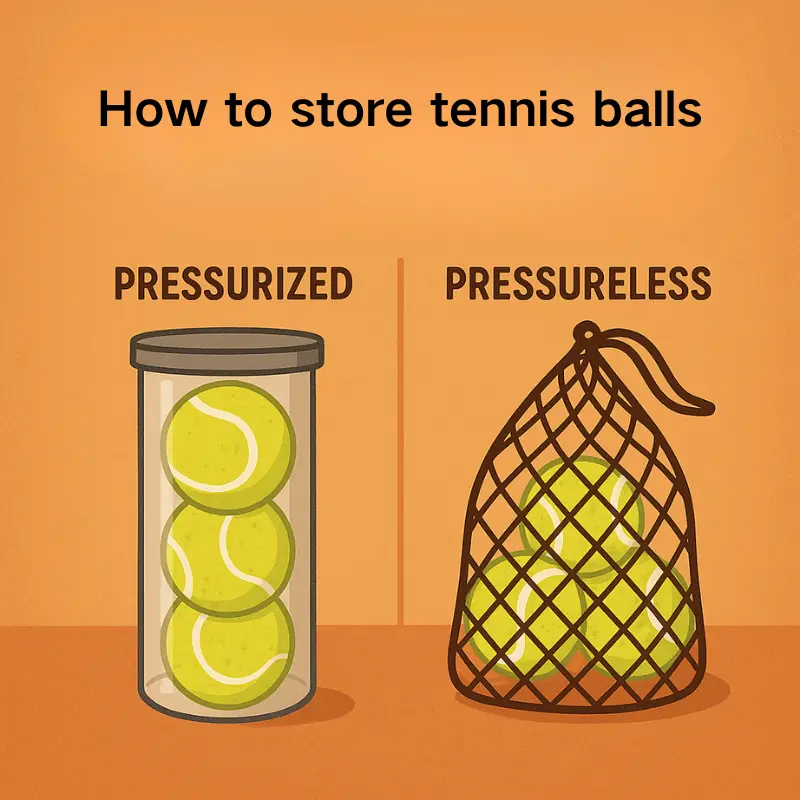
Store The Tennis Balls
Ready to Get Consistent Performance With FYFUL Tennis Balls?
You now know the truth: pressurized balls travel faster and bounce higher, but pressureless balls save money and deliver consistent performance. The choice depends on your priorities and playing conditions.
Key takeaways:
- Pressurized = more speed, bouncier spin response, but replace monthly
- Pressureless = lower bounce, less mass, but lasts 6-12 months
- Intermediate players benefit from using both types
- Proper storage doubles the lifespan of practice sessions
- Buy balls that match your skill level, not marketing hype
Choosing between pressurized vs pressureless tennis balls isn’t just a personal preference—it’s a strategy decision.
Sounds good? At FYFUL, we manufacture both types because different players need different solutions. Our pressureless tennis balls help thousands of players practice smarter, not harder.
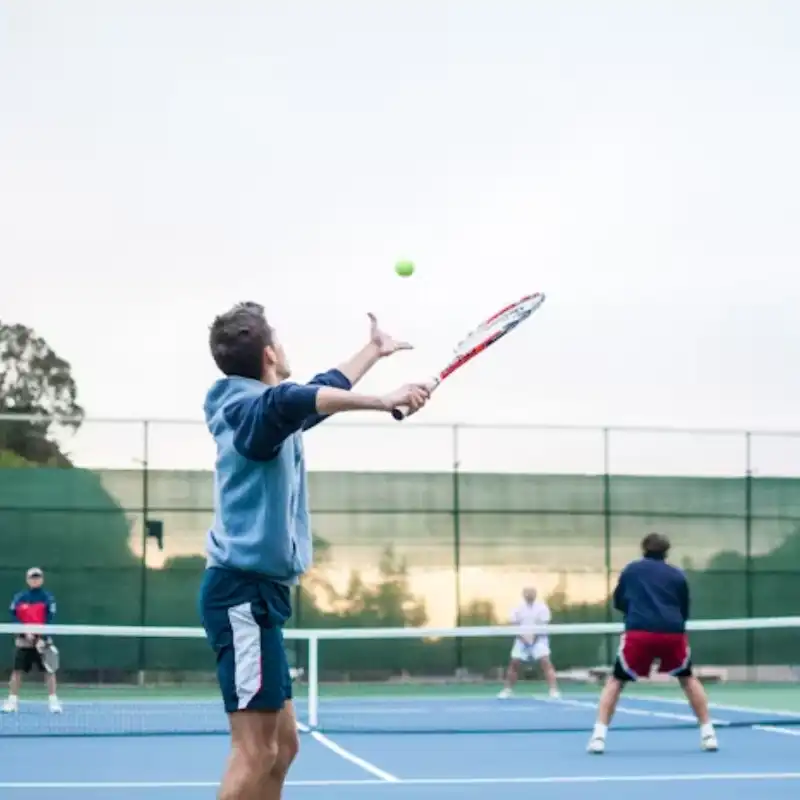
Play With FYFUL Tennis Balls
FAQs
What are pressureless tennis balls?
Pressureless tennis balls have a solid rubber core instead of hollow, air-filled centers. They get their bounce from the rubber’s elasticity, not trapped air. Think of them as the marathon runners of tennis balls – built for endurance, not sprint speed.
Why are tennis balls pressurized?
Manufacturers pump regular tennis balls with 12-14 psi of air to create that signature pop and speed players love. The pressurized air gives balls their lively bounce and helps generate maximum spin. It’s why fresh balls feel so responsive off your racket.
Are pressureless tennis balls good for practice?
Many clubs rely on both types, rotating between pressurized vs pressureless tennis balls depending on training needs. They’re perfect for practice because they maintain consistent bounce for months. You’ll hit thousands of identical shots without worrying about dead balls. Most coaches and ball machines use them exclusively – that should tell you everything.
What are the disadvantages of pressureless tennis balls?
The main drawbacks: they’re 10-15% slower, generate less spin, and feel “heavier” on impact. Some players hate the dull thud compared tothe pressurized balls’ crisp response. They’re also terrible for competitive matches where you need maximum performance.
Do pressureless tennis balls feel different?
Yes, noticeably. They feel firmer, heavier, and less responsive than pressurized balls. The bounce is more predictable but less dynamic. It’s like switching from a sports car to a sedan – both work, but the driving experience changes completely.
Are Pressurized vs Pressureless Tennis Balls stored differently?
Yes, Pressurized vs Pressureless Tennis Balls require different storage methods to maintain performance. Pressurized balls should be kept in sealed containers at room temperature to slow down air loss, while pressureless balls benefit from airflow and rotation to prevent rubber hardening. Proper storage can double the usable lifespan of both types.


